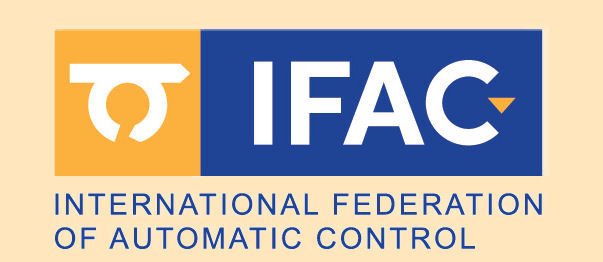| Paper FrAT1.5
Hirata, Mitsuo (Utsunomiya University)
Quasi-Optimal Solution for Data-Driven Final State Control Based on Data-Driven Prediction
Scheduled for presentation during the Invited Session "Cutting-edge technology in Precision Servo Systems for Next-Generation Mechatronics" (FrAT1), Friday, July 18, 2025,
11:20−11:40, Room 105
Joint 10th IFAC Symposium on Mechatronic Systems and 14th Symposium on Robotics, July 15-18, 2025, Paris, France
This information is tentative and subject to change. Compiled on August 2, 2025
|
|
| Keywords Optimal Control, Motion and Vibration Control, Data-Based Methods and Machine Learning
Abstract
In control systems that require moving a target object from its current position to a desired position as quickly as possible-such as hard disk drives, galvanometer scanners, and semiconductor exposure systems-feedforward (FF) input design becomes critically important. For this purpose, a final-state control (FSC) method can be applied, which determines an FF input that transitions the system state from an initial state to an arbitrary final state within a finite number of steps via straightforward matrix operations. Recently, data-driven control methods have attracted increasing attention, and the author previously proposed a data-driven FSC method based on data-driven prediction. However, that method cannot obtain an optimal solution. To address this issue, this study proposes a method for deriving a quasi-optimal solution using initial experimental data that is significantly longer than the FSC input. Specifically, data segments of the same length as the FSC input are extracted from arbitrary positions within the initial data, and FSC inputs satisfying both the initial and final conditions are derived from these segments. By varying the extraction positions and repeating the process, a set of FSC inputs is generated. The quasi-optimal FSC input is then obtained as a linear combination of FSC inputs in this set. Finally, numerical simulations demonstrate that the FSC input derived using the proposed method closely matches the optimal FSC input computed from the plant's state-space model with sufficient accuracy.
|
|


 This site is protected by copyright and trademark laws under US and International law.
This site is protected by copyright and trademark laws under US and International law.